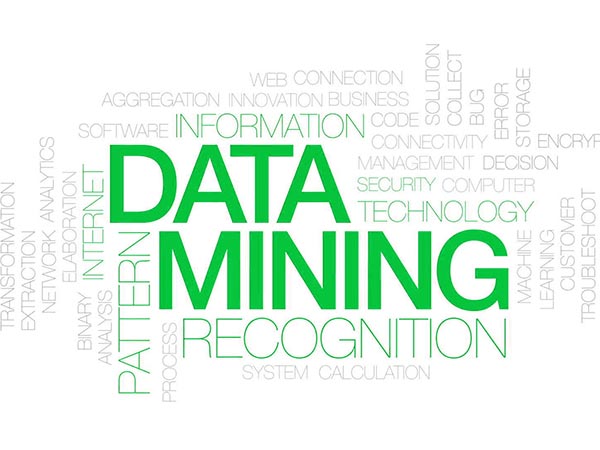Do you think that your images and photo albums are safe online?
Are privacy settings enough to avoid the sneak peeks of hackers on your Facebook account?
It won’t be wrong if I would say that the information is aired everywhere. The cyberspace is an expansive radius where trillions of data float publicly. Images and various photo-albums live permanently in it.
Put on your thinking cap to answer if the images capture any precious information except stills of the moment. Well, it’s true but a bit. It’s a meta-data where the value of your images gets stored. However, they capture the moments permanently. But, when it comes to deriving actual value via image data extraction, the meta-data of those snapshots proves a goldmine.
Do you know what this meta-data is? Let me present its transparent overview.
What is Meta-data?
The meta-data is a set of information. Even, a Wikipedia publishing called it the data about the data. In terms of digital marketing, it’s a description of the web pages. The keywords embedded in it are called the meta-tags. It enables the search engine bots to filter the most accurate information for catering to the researchers/users. It’s no less than an attractive advert for the online users since they decide to throng the page after going through it.
You can basically spot it in the three most famous styles as Descriptive, Structural and Administrative metadata. Each holds its unique identity and significance. In all, it’s the best tool the users ever have to extract an online source of information that meets their requirement.
What’s in the meta-data of the images?
1. Meta-data is a GPS tracker
The metadata of your snapshot is a precious repository of information. Are you thinking, what makes it so precious?
Well, it can be an infiltration to your privacy as well. Hundreds of online tools, like Geotag Photos Panoramio and Flickr, are flocking the virtual network. They’re capable of tracing your location automatically when you clicked it. Even, your digital camera can be a spy. The Exif file format contains standard tags that trap your location data. Modern Android and iOS phones have an inbuilt GPS receiver. It may be installed in the flash connector or hot shoe of your mobile phone or digicam. If you want to conceal your whereabouts, it won’t let it happen unless you remove that data using a metadata removal tool.
A time stamp on your digital snapshot can also create the same threat. The automatically embedded GPS data can be embedded in a digital photograph. The IT experts can correlate the time printed on it with the GPS record using a map or mapping software. It makes recording & extracting the GPS data like a walkover.
Moreover, you tend to add some title, names and other information with your selfie or a groupfie. It would also prove an asset to the data extractors or data extracting companies.
2. Integrated risk factor
The internet is a hub of hackers. They don’t let even a single chance to go without having a sneak peek at the photographs of the prospective victims. They employ data mining methods and tricks to catch on their prey.
A Pennsylvania citizen Luther Lewis, 20, conspired to hit a drug dealer. The GPS tracker in the latter one’s smartphone became his enemy. Although he survived the attack, yet you can’t deny that the GPS can be a conduit to pass through vital information. Even, Emma Watson is also its victim.
Likewise, there are millions of others who are victimized by the uninvited GPS data trackers.
3. Image data extraction helps in a decision making
Most of you are habitual to share the moment when you walk in the air. Whether it’s a special function or any ordinary day out, you love to upload your images on your Facebook or Instagram account. These platforms also save your images’ meta-data. Later on, they extract the decisions or marketing plans on the basis.
The cloud is also a pivotal data mine. It holds zillions of company employees database with their pictures. That information also gets stored in the metadata. The data extraction & data mining organizations target them to get a stronghold over the profile data. Subsequently, they streamline their production or workflows according to the analysis of that data.
Summary
The metadata is a precious data repository wherein the data mining & research companies find the richest information for their business. The metadata of images or snapshots helps in tracing the whereabouts and the customer behavior. This vital information becomes a lifeline to many data extractors.












![Top 6 popular Cloud Services compared [Infographic]](https://crayondata.ai/wp-content/uploads/2022/05/All-about-big-data-analytics-1.jpg)







